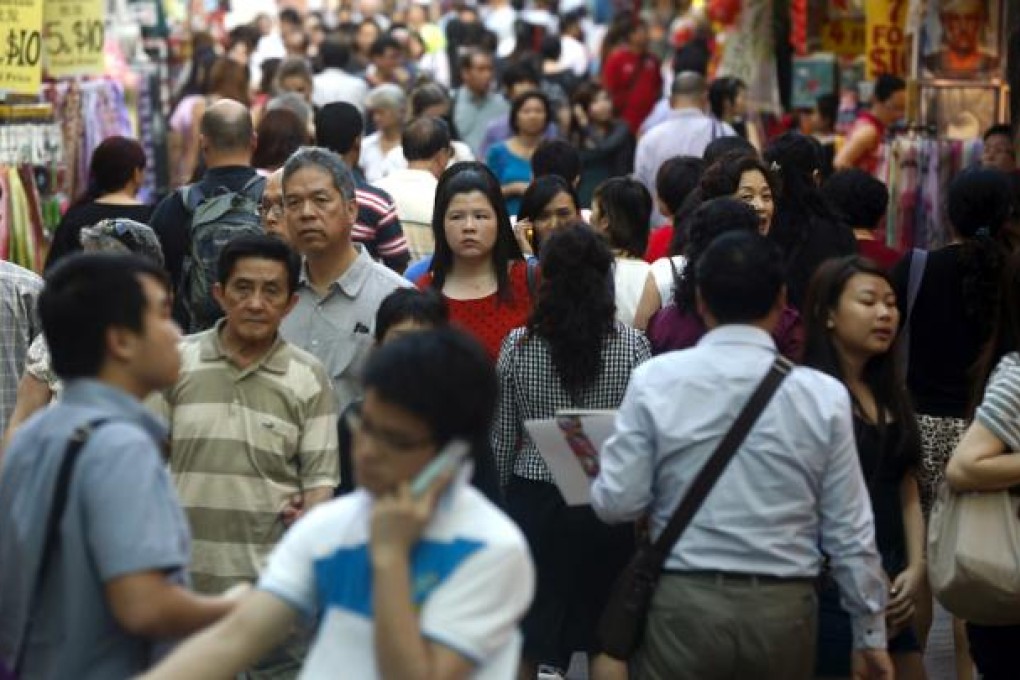Monitor | More immigration has not seen Singapore surpass Hong Kong
While the Lion City's more open immigration policy may have boosted its overall GDP, Hong Kong is still better off on a per-head measure

If you take your date out to the cinema "grooming is important", and don't try to entertain her with a running commentary on the movie. It's "not cool at all".
Those two nuggets of advice for would-be romantics were gleaned from a colourful booklet titled The Art of Dating, published by the Social Development Unit of the Singapore government.
Known to locals as the SDU, this Orwellian body was established in 1984 as a government-run dating agency for unmarried graduates, after then-prime minister Lee Kuan Yew decided that Singapore's highly educated middle classes were not procreating with enough enthusiasm.
He had a point. From an average of more than five babies per woman in the early 1960s, Singapore's fertility rate plunged after independence, falling below the minimum population replacement rate of 2.1 per woman in the late '70s.
Not surprisingly, given the quality of its dating advice, the government-run SDU failed to reverse the trend. By last year, according to the CIA World Factbook, Singapore's fertility rate had fallen to just 0.78 children per woman, the lowest of any country in the world.
Aware that its lavish package of incentives, which include heavily subsidised fertility treatments, fast-track housing for couples with children, generous tax rebates and cash "baby bonuses" of up to S$24,000 (HK$150,000) per child, were not encouraging Singaporeans to breed, the government long ago turned to immigration to boost the city's population and to maintain its economic growth rate.

